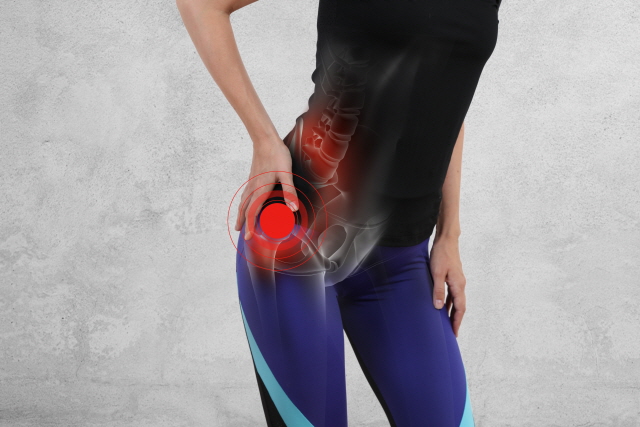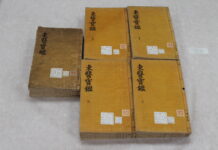
Psoas and Iliacus Muscles Are Often Overlooked
By Winston Lee L.Ac, KMD
The psoas and iliacus muscles are essential for movement, posture, and stability, but they should be more noticed in clinical practice. As an acupuncturist, you have the tools to effectively address dysfunction in these muscles, which can cause issues like low back pain and pelvic misalignment.
The psoas originate from the lumbar vertebrae and connect to the femur, while the iliacus runs from the iliac fossa to join the psoas. Together, they allow hip flexion and stabilize the spine. Tightness or dysfunction in these muscles often results from prolonged sitting, stress, or poor posture.
Assessing the psoas and iliacus muscles, collectively known as the iliopsoas, is crucial in diagnosing hip and lower back conditions. Several physical examination techniques can help evaluate these muscles’ flexibility, strength, and potential dysfunction.
Assessment
- Thomas Test: The Thomas Test assesses the length and flexibility of the hip flexors, including the psoas muscle. To examine the musculoskeletal problems, ask the patient to lie on their back, pull one knee toward the chest and hold it with their hands. The opposite leg remains extended flat on the table. If the extended leg lifts off the table or the lumbar spine arches, it suggests tightness in the hip flexors, particularly the psoas muscle.
- Psoas Sign (Iliopsoas Test): This test helps identify psoas muscle irritation, often due to inflammation or abscess. The patient lies on the unaffected side. The examiner extends the patient’s affected leg at the hip. Alternatively, the patient can lie supine while the examiner applies resistance as the patient attempts to flex the hip. Pain during hip extension or resisted hip flexion indicates a positive psoas sign, suggesting irritation of the psoas muscle.
- Active Iliopsoas Snapping Test: This test detects internal snapping hip syndrome caused by the iliopsoas tendon. The patient moves the hip from a flexed, abducted, and externally rotated position (FABER) to an extension and neutral position. The examiner places a hand over the iliopsoas region to feel for snapping. A palpable or audible snap during the movement indicates a positive test, suggesting iliopsoas tendon involvement.
How to Locate and Needle
When treating the psoas and iliacus, it’s essential to locate the muscles accurately:
- Psoas Muscle: Have the patient lie on their back with knees bent. Palpate between the navel and the anterior superior iliac spine (ASIS). Apply gentle pressure to find tight or tender spots.
- Iliacus Muscle: Move along the inner iliac crest. This muscle tends to be less sensitive but is equally essential in treatment.
Once you’ve identified the area, use a 60mm or 90mm needle. Insert at a perpendicular angle, avoiding the peritoneum. Rotate or gently lift and rotate the needle to release muscle tension and improve circulation.
Techniques for Effective Treatment
- Direct Stimulation: Rotate the needle gently to target trigger points.
- Lift-and-Thrust: Adjust the depth gradually to maximize effectiveness.
Adding Supplementary Therapies
For a holistic approach, combine acupuncture with:
- Heat (Infrared) Therapy: Relax the muscles and improve blood flow with a heating pad before acupuncture.
- Manual Release: Use gentle pressure or massage with the physician’s hands or fingers.
- Stretching Exercises: Teach patients stretches, like the lunging hip flexor stretch, to maintain flexibility and prevent tightness.
Important Considerations
- Safety First: Explain the procedure clearly and ensure patient comfort.
- Avoid Vital Organs: Be mindful of the proximity to the kidneys and intestines. Use anatomical landmarks for safe needle placement. Press the patient’s fat away with another hand and finger to put the needle directly in the belly of the targeting muscle.
- Contraindications: Avoid needling if the patient has active infections, recent surgeries, or bleeding disorders.
Benefits of Treating the Iliopsoas
Focusing on the psoas and iliacus can help with the following:
- Chronic low back pain
- Hip dysfunction
- Postural issues
- Sciatica caused by muscle tension
Addressing the root cause can provide long-term relief and improve patient mobility.
Conclusion
Acupuncture for the psoas and iliacus muscles is an effective way to alleviate pain and restore function. Careful palpation, precise needling, and complementary therapies can offer patients lasting relief.
































